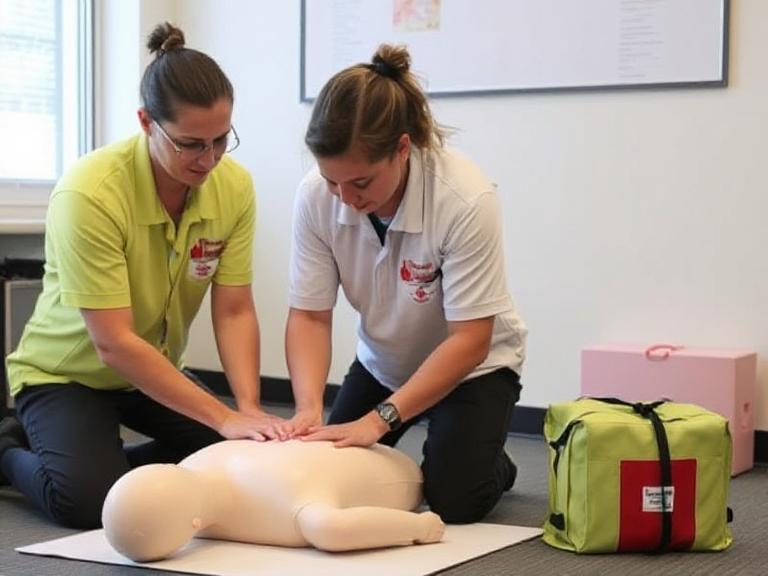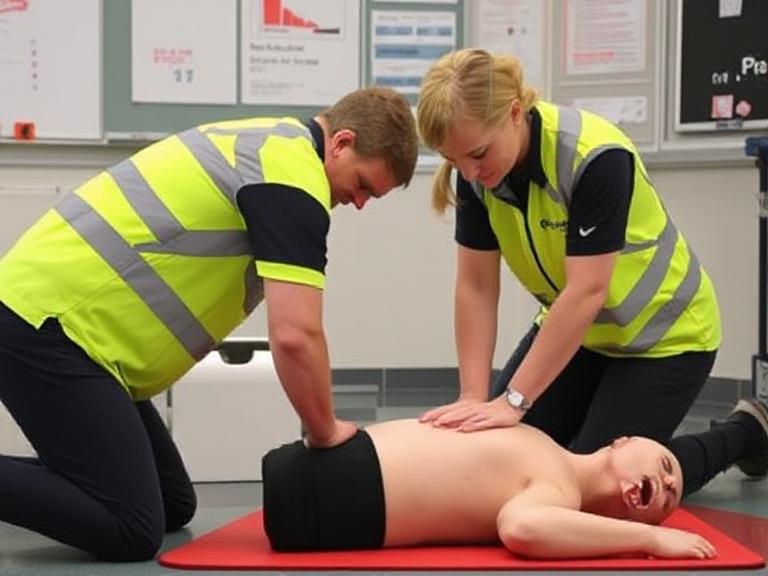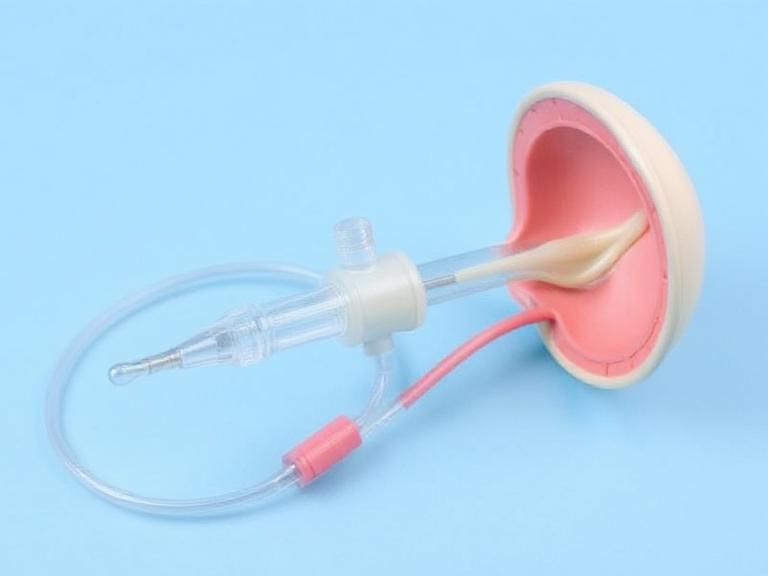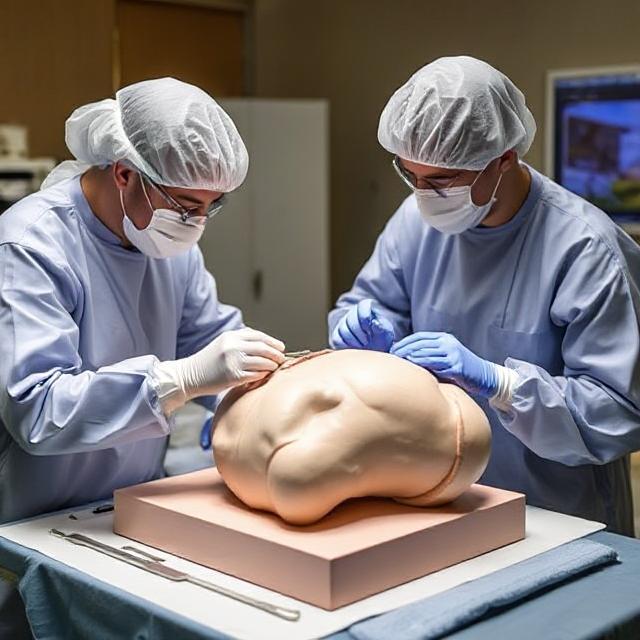If you’ve ever wondered who trains the heroes behind emergency response, the answer lies in certified CPR and First Aid Instructors. These professionals play a crucial role in equipping others with life-saving skills. In this comprehensive guide, we’ll explore what it means to be a CPR First Aid Instructor, how to become certified, and how innovative educational tools—like those from Medtacedu—support top-tier medical training.

📖 Table of Contents
- 1. Introduction to CPR First Aid Instruction
- 2. What Does a CPR First Aid Instructor Do?
- 3. How to Become a Certified CPR First Aid Instructor
- 4. Why Become a CPR First Aid Instructor?
- 5. Training Tools and Equipment for Instructors
- 6. Company Spotlight: Medtacedu Medical & Tactical Training Models
- 7. Summary Table
- 8. FAQs About CPR First Aid Instructors
- 9. References
1. Introduction to CPR First Aid Instruction
A CPR First Aid Instructor is a certified professional responsible for teaching individuals and organizations how to respond effectively to emergencies involving cardiac arrest, choking, and injuries requiring immediate care. Instructors combine theoretical knowledge with practical demonstrations to ensure participants can perform life-saving techniques confidently.
Training sessions often include simulations, CPR manikin practice, and real-world scenarios—areas where realistic medical models, such as those designed by Medtacedu, greatly enhance hands-on learning experiences.
2. What Does a CPR First Aid Instructor Do?
The role of a CPR First Aid Instructor extends beyond teaching chest compressions. They must ensure learners understand the chain of survival, emergency communication, and first response actions that stabilize patients before professional help arrives.
Core Responsibilities:
- Deliver certified CPR and First Aid training programs.
- Demonstrate life-saving procedures such as CPR, AED operation, and wound care.
- Assess trainee performance and provide constructive feedback.
- Maintain class records and issue certifications upon completion.
- Ensure compliance with standards from organizations like the American Heart Association (AHA) or Red Cross.
Becoming a CPR First Aid Instructor means becoming a link in the global effort to save lives every day.
3. How to Become a Certified CPR First Aid Instructor

Certification is a multi-step process designed to verify that candidates possess both technical knowledge and teaching skills. To qualify as a cpr first aid instructor, follow these steps:
Step 1: Obtain Basic Certification
Start by earning your basic CPR and First Aid certification through an accredited organization. This ensures you understand core emergency response principles.
Step 2: Gain Experience
Hands-on experience in emergency response, healthcare, or teaching provides valuable preparation for instructor-level courses.
Step 3: Enroll in an Instructor Course
Attend an approved CPR Instructor Certification Program—offered by the AHA, Red Cross, or similar institutions. The program covers curriculum delivery, skills assessment, and student evaluation.
Step 4: Pass Skills and Written Exams
Candidates must demonstrate mastery of CPR techniques, AED usage, and first aid procedures using practice manikins and simulated injuries.
Step 5: Get Affiliated
After certification, instructors usually align with a training center or start independent classes. Many collaborate with educational model providers like Medtacedu for realistic teaching materials.
4. Why Become a CPR First Aid Instructor?
Teaching life-saving skills offers both personal satisfaction and professional opportunities. Let’s explore why becoming a CPR First Aid Instructor is rewarding.
1. Save Lives Through Education
Each class you teach potentially multiplies the number of people capable of saving lives in emergencies.
2. Professional Growth
Certified instructors gain credibility in healthcare, corporate safety, and educational environments.
3. Flexible Career Opportunities
You can teach part-time, full-time, or as part of community volunteer programs.
4. Income and Recognition
Instructor certification opens doors to corporate contracts, school partnerships, and healthcare training roles.
5. Training Tools and Equipment for Instructors
Every effective cpr first aid instructor needs professional-grade equipment to teach effectively. Realistic models enhance student engagement and retention.
Essential Tools Include:
- CPR Manikins: Used for chest compression and rescue breathing practice.
- First Aid Kits: For bandaging, bleeding control, and wound management practice.
- Automated External Defibrillator (AED) Trainers: Simulate real AED operations safely.
- Medical Simulation Models: Provide realistic trauma and injury scenarios.
Advanced suppliers like Medtacedu provide these high-fidelity models that elevate CPR and First Aid instruction quality.
6. Company Spotlight: Medtacedu Medical & Tactical Training Models

Medtacedu specializes in high-quality silicone and plastic models for tactical training, medical education, and scientific instruction. Their diverse product line supports instructors, institutions, and healthcare trainers worldwide.
What Our Products Can Do:
- Tactical Training: Wound dressing models, trauma manikins, and emergency training kits for real-world simulations.
- Medical Demonstration, Training, and Testing: Silicone models designed for disease simulation, procedural testing, and demonstration.
- Science Education: Veterinary and science education models tailored to classroom and laboratory use.
- Injection Models: ID/SC/IM/IV training models for nursing institutions and facial injection practice.
Why Choose Medtacedu?
- Extensive product range for diverse training needs.
- Over 16 years of production experience, with 6+ years focused on medical models.
- Customizable models for unique educational purposes.
- Trusted globally for precision, realism, and quality assurance.
Featured Products:
Medtacedu helps every CPR First Aid Instructor deliver more realistic and engaging training experiences with durable, lifelike models.
7. Summary Table
| Aspect | Details |
|---|---|
| Profession | CPR First Aid Instructor |
| Main Role | Teaching CPR, AED, and first aid techniques |
| Key Organizations | American Heart Association, Red Cross |
| Training Requirements | Basic certification, instructor course, practical exam |
| Tools Used | CPR manikins, AED trainers, Medtacedu medical models |
| Career Options | Healthcare, education, corporate training, emergency services |
| Global Support | Medtacedu’s customized training models and simulators |
8. FAQs About CPR First Aid Instructors
Q1: What qualifications are required to become a CPR First Aid Instructor?
You must hold a valid CPR and First Aid certification and complete an instructor-level course with a recognized organization such as the AHA or Red Cross.
Q2: How long does it take to get certified?
Depending on the provider, certification can take 1–3 weeks, including classroom and practical assessments.
Q3: Can I teach CPR classes independently?
Yes. Once certified, you may operate independently or partner with accredited training centers.
Q4: What equipment do I need?
You’ll need CPR manikins, AED trainers, and realistic training models. Medtacedu provides professional-grade models ideal for instructor use.
Q5: How much can CPR instructors earn?
Income varies by location, but many instructors earn between $40–$100 per student or $25–$50 per hour in corporate training environments.
Q6: Is it worth becoming a CPR First Aid Instructor?
Absolutely. It’s one of the most impactful and flexible certifications you can obtain, combining income potential with a genuine opportunity to save lives.






